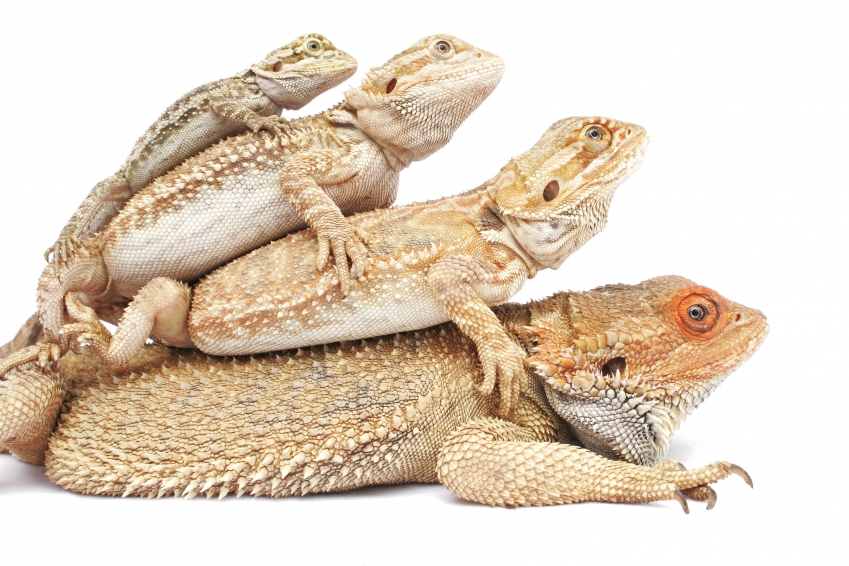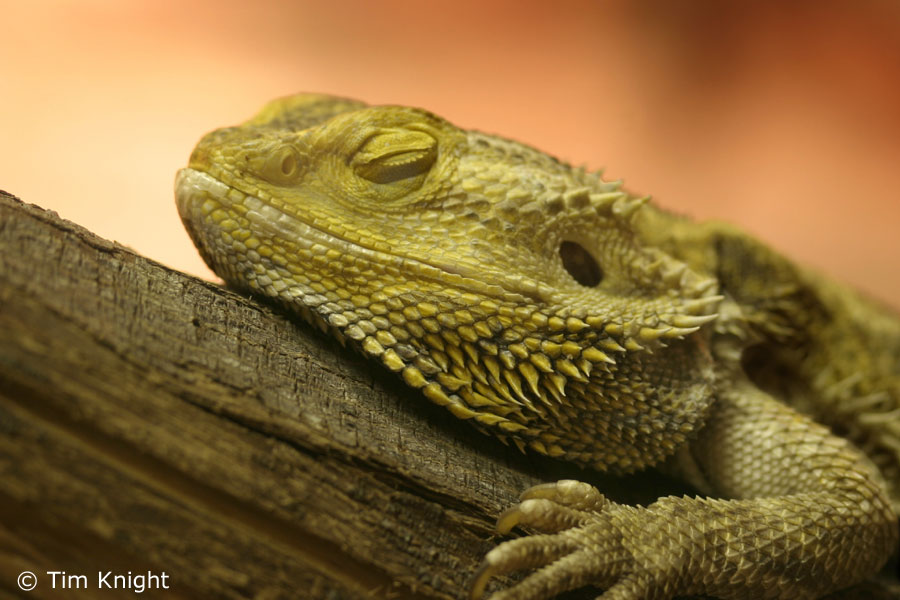Beardie Brightness: A Guide to Lighting for Bearded Dragons
Why Lighting is Important for Bearded Dragons
Proper lighting is crucial for the overall health and well-being of our bearded dragon pets. Along with heat and humidity, lighting is one of the three main environmental elements that affects the behavior, digestion, and moods of bearded dragons.
In their natural habitat, bearded dragons spend most of their day basking under the sun and absorbing UVB light, which facilitates Vitamin D3 synthesis. This is essential for calcium and phosphorus metabolism, bone health, and immune system function. In captivity, it is our responsibility to mimic and supplement their natural lighting needs to prevent metabolic bone disease, lethargy, skin issues, and other health problems.
Types of Lighting for Bearded Dragons
1. UVB Lighting
UVB lighting is the most important type of lighting for bearded dragons, as it provides the necessary wavelengths (UVB-B) for Vitamin D3 synthesis and calcium absorption. Without UVB, bearded dragons cannot metabolize calcium properly, which can lead to bone deformities, soft tissue calcification, and metabolic bone disease.

UVB bulbs come in various forms, such as fluorescent tubes, compact bulbs, and mercury vapor bulbs. The strength and output of UVB bulbs also vary, depending on the brand, age, and distance from the basking spot. A general rule of thumb is to use a UVB bulb with at least 5-10% UVB-B output, and replace it every 6 to 12 months.
2. Basking Lighting
Basking lighting provides the heat and light source for the bearded dragon to regulate its body temperature and perform daily activities such as eating, digesting, and exploring. Bearded dragons require a basking spot with a temperature range of 95 to 110 degrees Fahrenheit, depending on the age, size, and species. Too low or too high basking temperatures can stress or harm the bearded dragon.
Basking bulbs can be incandescent, halogen, or ceramic, and should not emit UVB light or colored light, which can disturb the bearded dragon’s natural circadian rhythm. A dimmer or thermostat can be used to regulate the basking temperature and prevent overheating.
3. Ambient Lighting
Ambient lighting refers to the general lighting of the bearded dragon’s enclosure, which mimics the natural light cycle and promotes healthy sleep and wake cycles. Bearded dragons require 12 to 14 hours of daylight and 10 to 12 hours of darkness per day, depending on the season and region. Too much or too little light can stress or confuse the bearded dragon.

Ambient bulbs can be fluorescent, LED, or incandescent, and should provide a broad spectrum of visible light with minimal UV or heat output. A timer can be used to automate the lighting cycle and ensure consistent light exposure.
Choosing the Right Lighting for Your Bearded Dragon
Now that we know the different types of lighting for bearded dragons, how do we choose the right ones for our pets? Here are some factors to consider:
1. Age and Size
Young bearded dragons require higher levels of UVB and basking temperatures than adult bearded dragons, as they are growing rapidly and need more energy and nutrients. Similarly, larger bearded dragons may need a stronger basking bulb or multiple basking spots to accommodate their size and heat needs.
2. Species
Different species of bearded dragons have different lighting and temperature requirements, depending on their natural habitat and adaptations. For example, the Inland bearded dragon (Pogona vitticeps) is commonly kept as a pet and requires moderate UVB and heat, while the Central bearded dragon (Pogona henrylawsoni) and the Rankin’s dragon (Pogona henrylawsoni) need higher UVB and heat levels due to their drier and hotter native regions.
3. Enclosure Size and Type
The size and type of the bearded dragon’s enclosure also affects the lighting and temperature requirements. A large, open-top enclosure may require stronger lighting and heating elements than a small, enclosed tank. A glass tank may trap heat and UVB rays more easily than a mesh or screen enclosure. The placement of the lighting fixtures also matters, as the bearded dragon should have enough space to move away from the heat or light when needed.
4. Budget and Maintenance
Another aspect to consider when choosing lighting for bearded dragons is the cost and upkeep. Quality UVB and basking bulbs can be expensive, as well as the fixtures and accessories to mount and adjust them. UVB bulbs also need to be replaced every 6 to 12 months, even if they still emit light, as the UVB output decreases over time. Basking bulbs may need to be replaced more often, especially if they burn out or get dirty quickly.
Conclusion
Proper lighting is essential for the health and happiness of bearded dragons, and it is up to us as responsible pet owners to provide them with suitable lighting and heating environments. By understanding the different types of lighting for bearded dragons, and the factors that influence their choice and maintenance, we can ensure that our bearded dragons live long, active, and vibrant lives.

